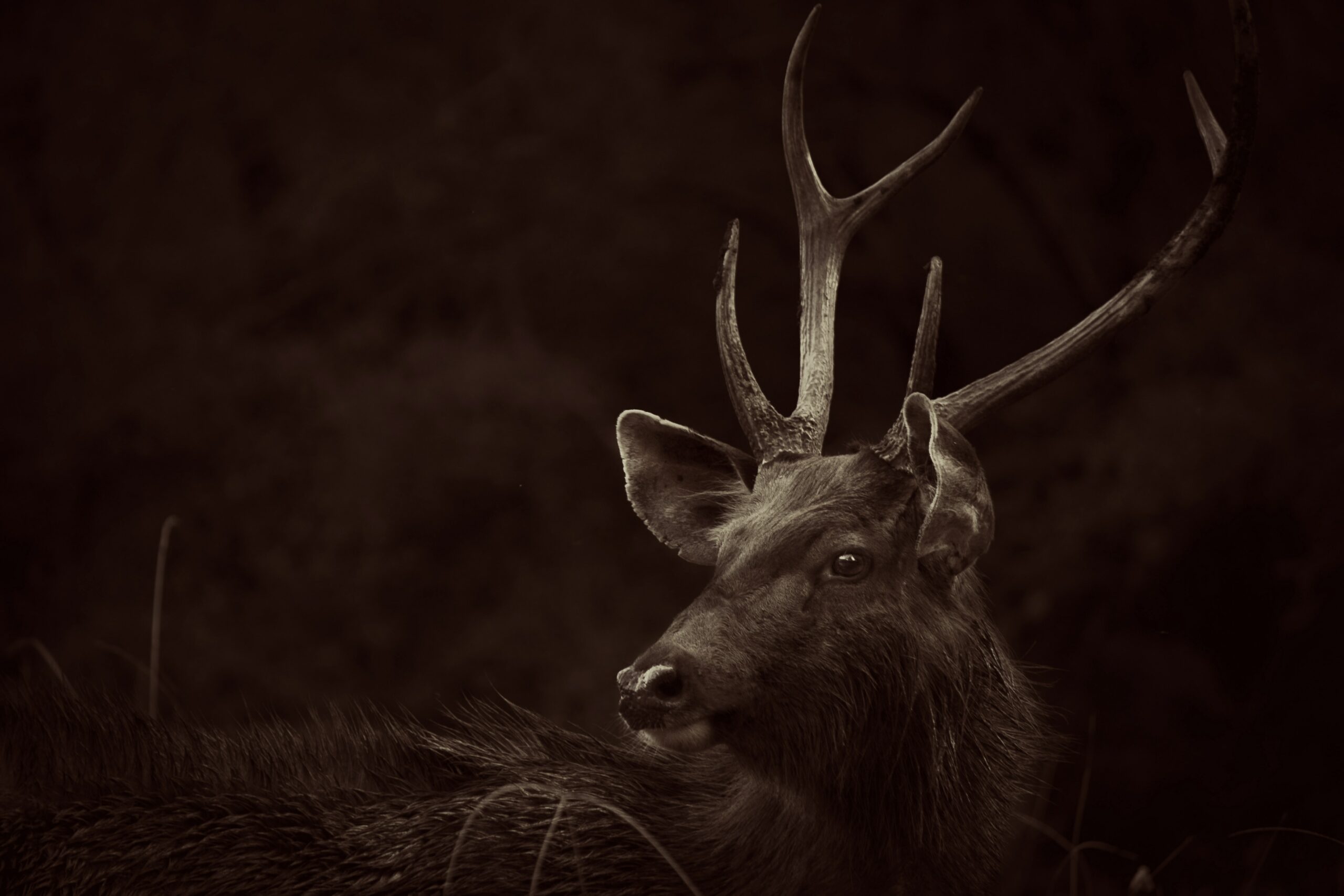What’s Your Spirit Animal?
Spirit animals are all around us – it’s just up to us whether or not we believe in their power, or whether we even notice them at all. In many Indigenous cultures, spirit animals, sometimes known as spirit guides, often refer to a spirit that helps protect or guide a person throughout life’s journey; the person and spirit animal commonly share or embody similar characteristics or qualities. In this blog, we’ll discuss the origins and modern usage of spirit animals, techniques for discovering them, along with a few common spirit animals and their symbolism.
The Origins of Spirit Animals and the American Indigenous People
It’s well documented that throughout history, the Indigenous people that inhabited North America identified deeply with all aspects of nature. In fact, numerous Indigenous individuals were named after animals; two famous examples are Chief Sitting Bull and Crazy Horse.
The American Indigenous people also believed in spirit animals, which were animals they shared a connection with that guided them. It was commonly thought that a person would have nine spirit animals, each serving its own purpose depending on the situation and time during that person’s life.1
Pinny Lavalier, a Sicangu Lakota volunteer at Native Languages of the Americas, says this connection with animals isn’t limited to American Indigenous beliefs. “Animals were likely important in the religions of numerous traditional societies throughout time. Many modern uses of the term often relate spirit animals solely to American Indigenous culture, which isn’t true.”2
The Present Use of Spirit Animals
In modern times, the term “spirit animal” is commonly used to express a person’s favorite kind of animal or childhood idol. For example, one might take a sloth’s characteristics – slow, sleepy – and say, “Oh, he’s my spirit animal.” However, many find that the term “spirit animal” often stereotypes Indigenous people or appropriates real religious beliefs.3
While the concept is generally the same, most tribes don’t refer to them as spirit animals, but rather as guides, messengers, or even gods, considering that Indigenous gods are personified animals. Using the term “spirit animal” can be seen as an overgeneralization of deeply personal traditions, leading to many calling them Patronus, like in Harry Potter, or kindred spirits.
“Animals have sustained our people for thousands of years, through food and medicine and clothing,” says Renee Gokey, teacher’s services coordinator at the Smithsonian Institution’s National Museum of the American Indian in Washington, D.C. “Essentially, to understand the culture and significance behind spirit animals is to not appropriate but to celebrate.”4
Techniques for Discovering Your Spirit Animal
It’s believed that spirit animals often hold particular qualities that could help you navigate life with a bit more ease, confidence, and faith. Not sure which spirit animal best represents you or what messages it’s trying to send you? Here are some techniques to help you discover your spirit animal:
Try A Meditation
Using meditation to find your spirit animal often involves attaining an altered state of consciousness by using deep imagery or visualization with the specific intention of meeting your spirit animal guide(s). These methods can be guided (spoken, drumming) or non-guided (silence, nature sounds)
You can find a guided meditation to help you discover your spirit animal here.
Journal About the Animals You Feel Drawn To
Try to consider one animal that has a special significance to you. Ask yourself this question: If this animal were my spirit guide, what lessons could it be trying to teach me about my personal power and inner strength? Spend a few minutes journaling on the answer. You can complete this exercise for as many different animals as you wish. Then, come back to your journal after a few days and see which animals and lessons resonate the most with you.
Need tips on journaling? Check out this blog on why and how journaling can improve your life.
Common Spirit Animals and Their Symbolism
There are thousands upon thousands of spirit animals, each with their own significance and symbolism, which can make it difficult to distinguish which are yours. Here is a brief introduction to the qualities of some common spirit animals:
- The Butterfly: In many cultures, the butterfly is a symbol of transformation and development. It’s known to be incredibly adaptable by approaching all changes with ease and grace. Butterflies also carry the message of “being light” and floating above earthly matters.5
- The Spider: Spiders are known for creating intricate webs and their patience in capturing prey, which is why these guides are here to tell us when to start building the life we want. Spiders also represent the feminine and the power behind feminine energy. If this is your guide, tap into your creative side and try to be patient with yourself.6
- The Hummingbird: Hummingbirds signify playfulness, connection, and adaptability. If you see a hummingbird, try to connect with the enjoyment of life by not taking things too seriously. Hummingbirds are here to remind us to be playful and that in the grand scheme of things, connections are what really matter – whether it’s with a higher power or loved ones.7
- The Owl: Owls have the ability to see what others may miss. They know the deeper meaning of things and discover the hidden treasures in life. If the owl comes to you, you might be at a time in your life when you’re exploring the unknown – like maybe going through a transition or about to embark on a big journey. The owl can help you see beyond your mind’s illusions.8
- The Hawk: The hawk represents truth, self-awareness, courage, and perspective. As spirit animals, hawks are known for their ability to see things from a higher perspective by recognizing the truth in any situation for what it is. If you see a hawk, it may be telling you that it’s time to take inventory of where you’re at in life and what your next steps are.9
- The Grasshopper: Grasshoppers are innovative and don’t miss opportunities to move forward in life. Grasshoppers are also considered good luck. If you run into a grasshopper, it could be a sign that you’re struggling with a decision and it’s time to make a choice and move forward.10
- The Eagle: Eagles represent light, spirit, and healing – healing yourself so you can connect deeply to your spiritual journey. Eagles are also known to carry the knowledge of gifts and magic from above. If an eagle is your spirit animal, it can mean that you have lightness in you, but need to stay grounded.11
- The Crow: Crows are known for their higher perspective and “trickster” personality type. If you’ve seen a crow – whether in an awakened state or a dream – consider your connection to life’s magic. To fully embrace the crow, invite a heightened awareness into your life and try to shift your point of view to a higher perception. This will allow you to recognize the magic in everything that is happening to you and around you.12
Interested in learning more about spirit animals? Here’s a list of 102 spirit animals and their symbolism.
In Conclusion
Spirit animals are guides that can help you on your life’s journey; they’re here to keep you on track, to show you that you’re loved, and to remind you to play, create, connect, and nurture. As you go about your day, try to be aware of your surroundings and the animals that may cross your path. You may be surprised how synchronistic these encounters can be, but knowing what these spirit animals symbolize, along with the cultures they originate from, can provide you with meaningful insight and understanding into your life’s past, present, and future happenings.
What’s your spirit animal? If you’re not sure, take this spirit animal quiz to find out. Let us know your results in the comments!
References:
https://www.legendsofamerica.com/na-totems/ [1]
https://www.discovermagazine.com/planet-earth/please-stop-using-the-term-spirit-animal [2][3][4]
https://www.spiritanimal.info/ [5][6][7][8][9][10][11][12]







